I am trying to understand the syntax of the "ivprobit" function in "ivprobit" package in R. The instruction says:
Usage
ivprobit(formula, data)
Arguments
formula y~x|y1|x2 whre y is the dichotomous l.h.s.,x is the r.h.s.
exogenous variables,y1 is the r.h.s. endogenous variables and
x2 is the complete set of instruments
data the dataframe
Then it shows the corresponding example:
data(eco)
pro<-ivprobit(d2~ltass+roe+div|eqrat+bonus|ltass+roe+div+gap+cfa,eco)
summary(pro)
If I match with the instruction's explanation,
y= d2 = dichotomous l.h.s.
x= ltass+roe+div = the r.h.s. exogenous variables
y1= eqrat+bonus = the r.h.s. endogenous variables
x2= tass+roe+div+gap+cfa = the complete set of instruments
I do not understand the difference between x and x2. Also, if x2 is the complete set of instruments, why doesn't it include the endogenous variables y1 as well? It instead additionally includes "gap" and "cfa" variables which are not even shown in x (exogenous variables) or even in y either.
If, let's say, my chosen instrumental variables are indeed "eqrat" and "bonus", how can I construct knowing the difference between x (exogenous variables) and x2 (the complete set of instruments)?
